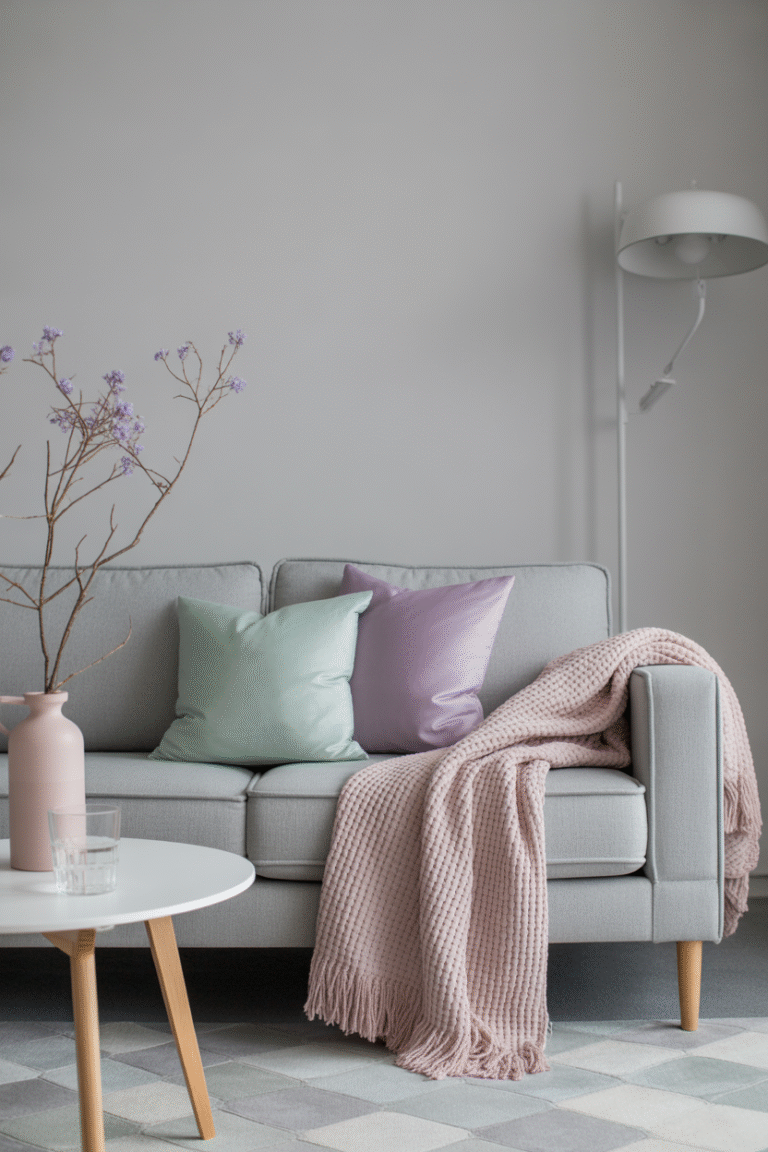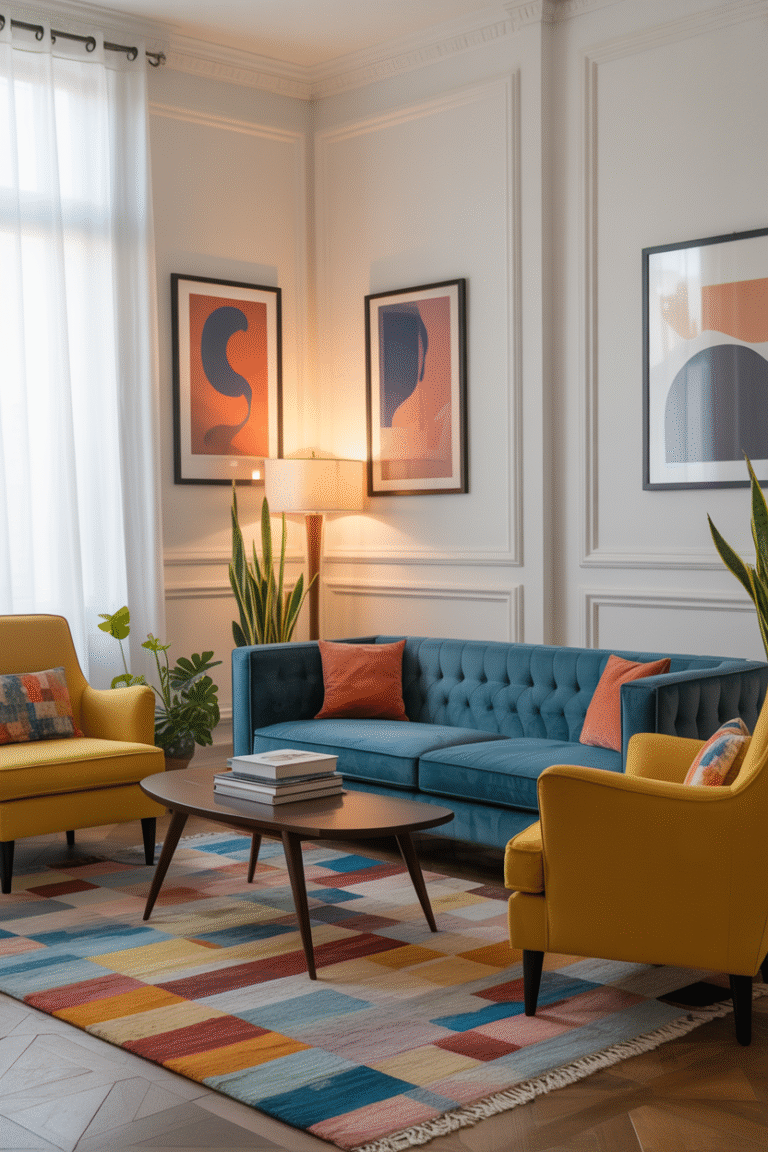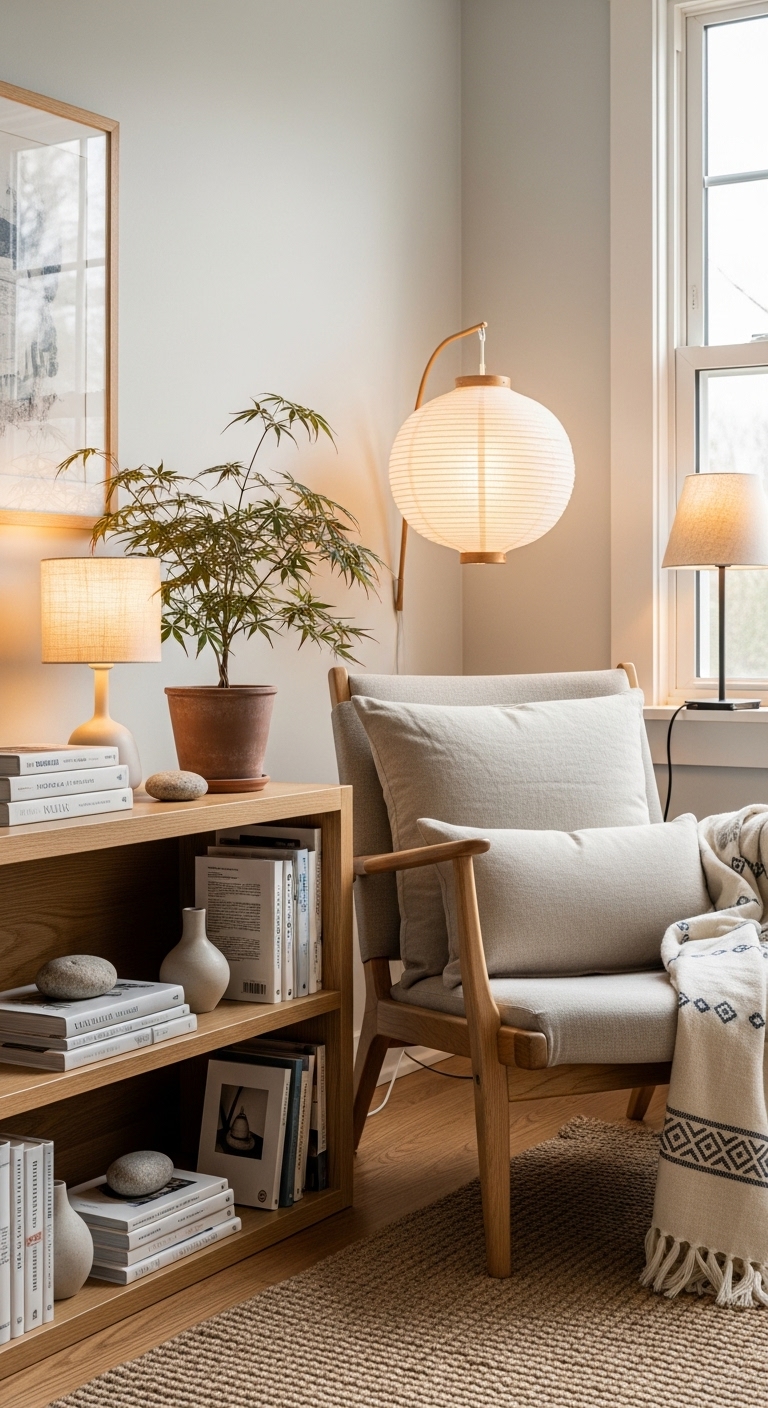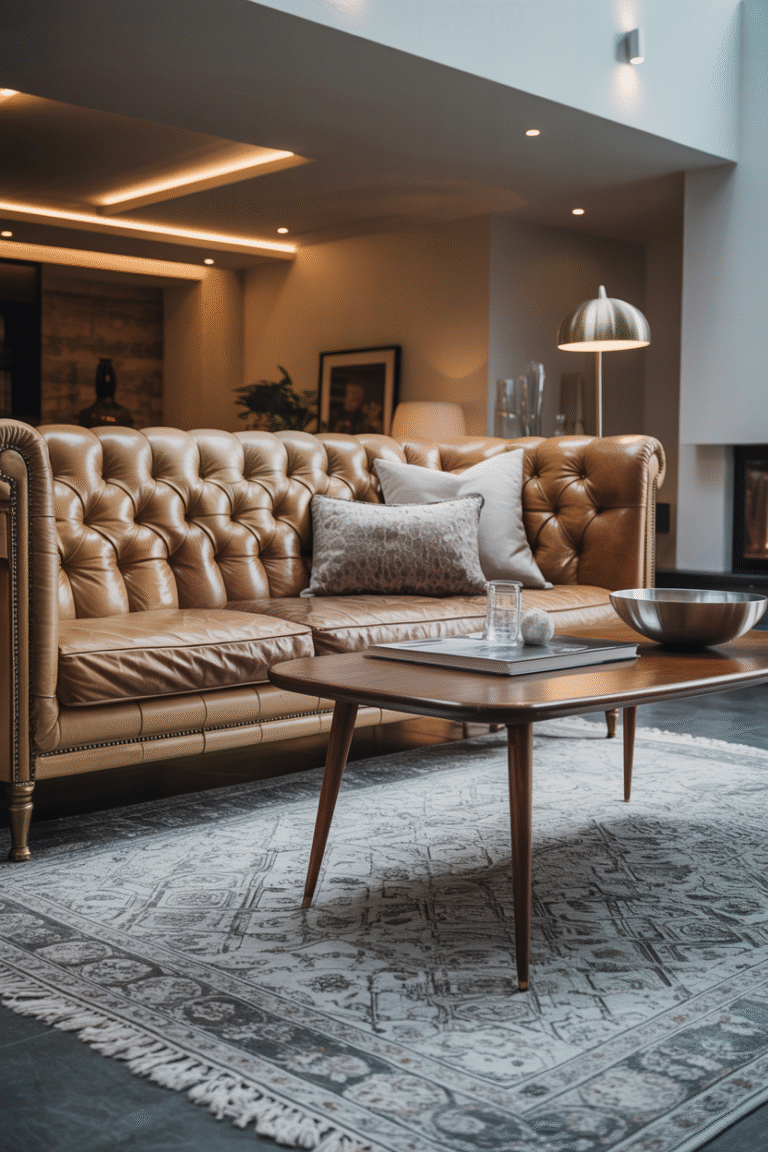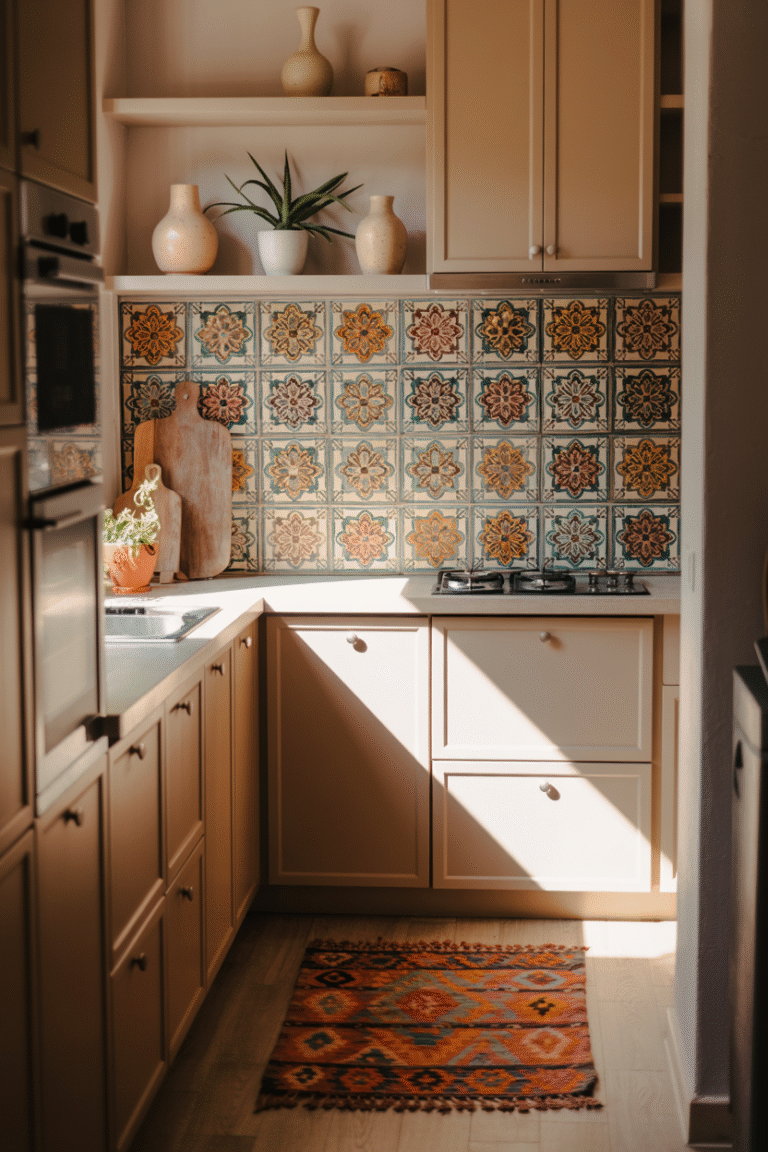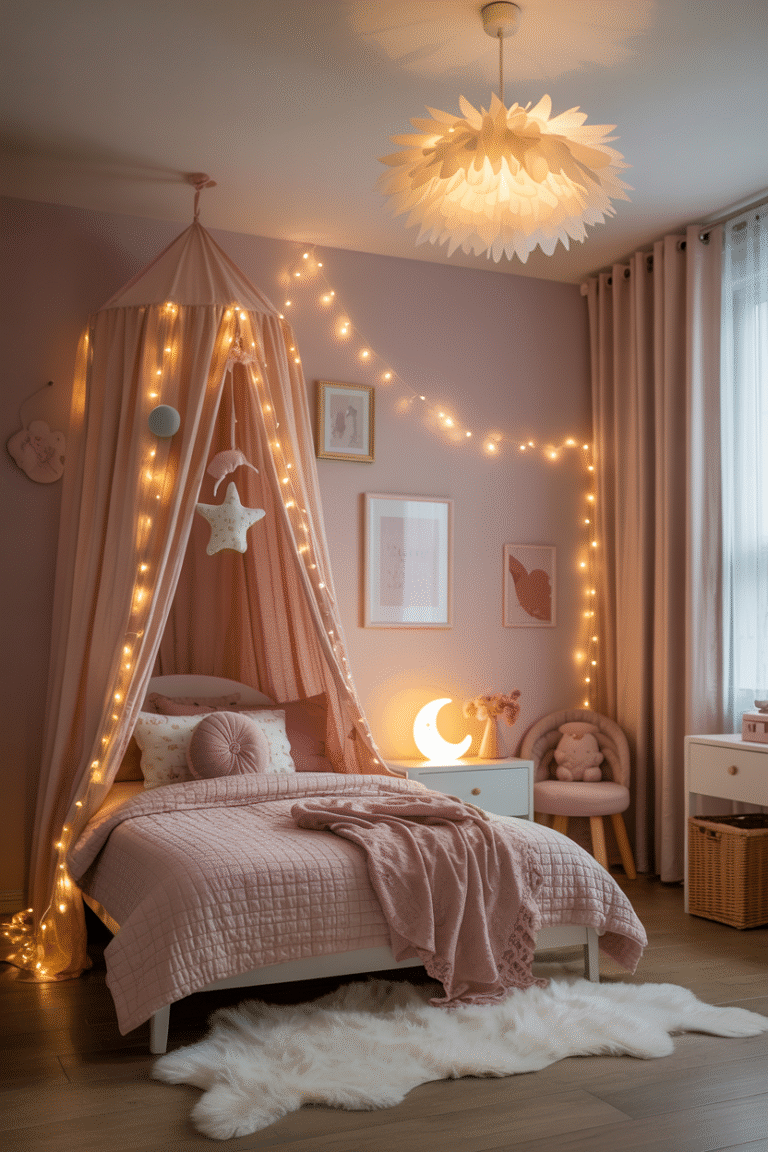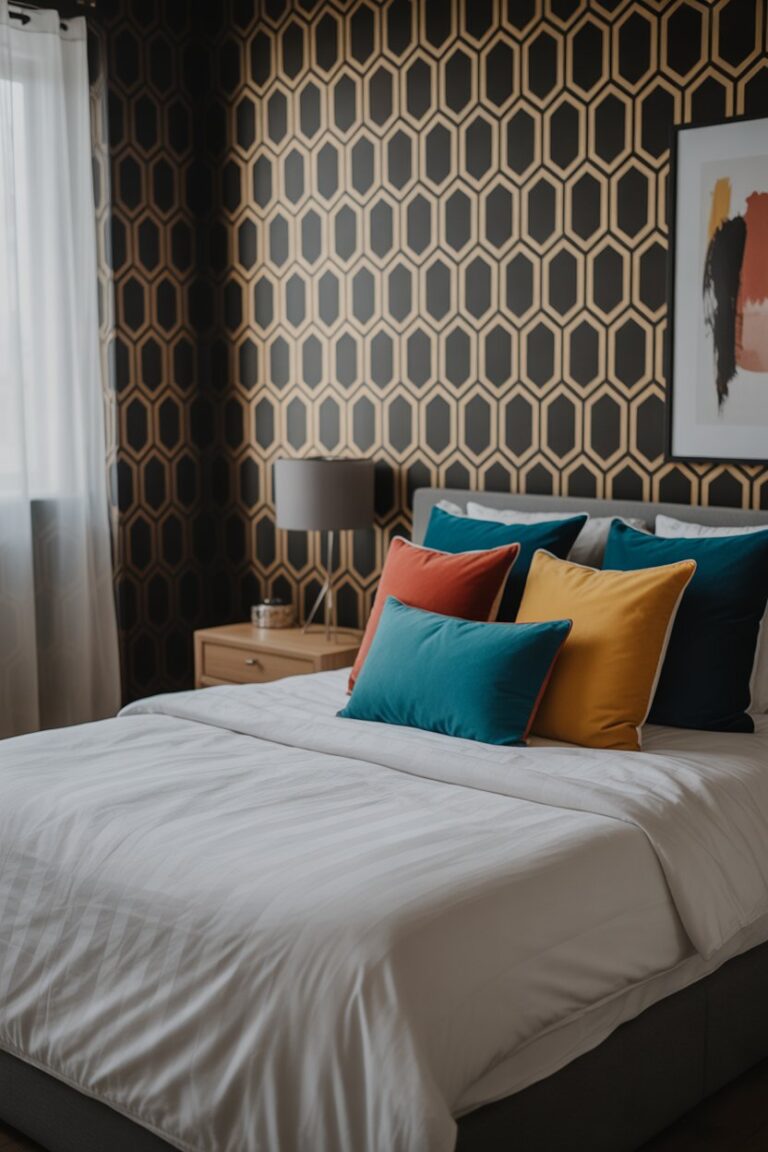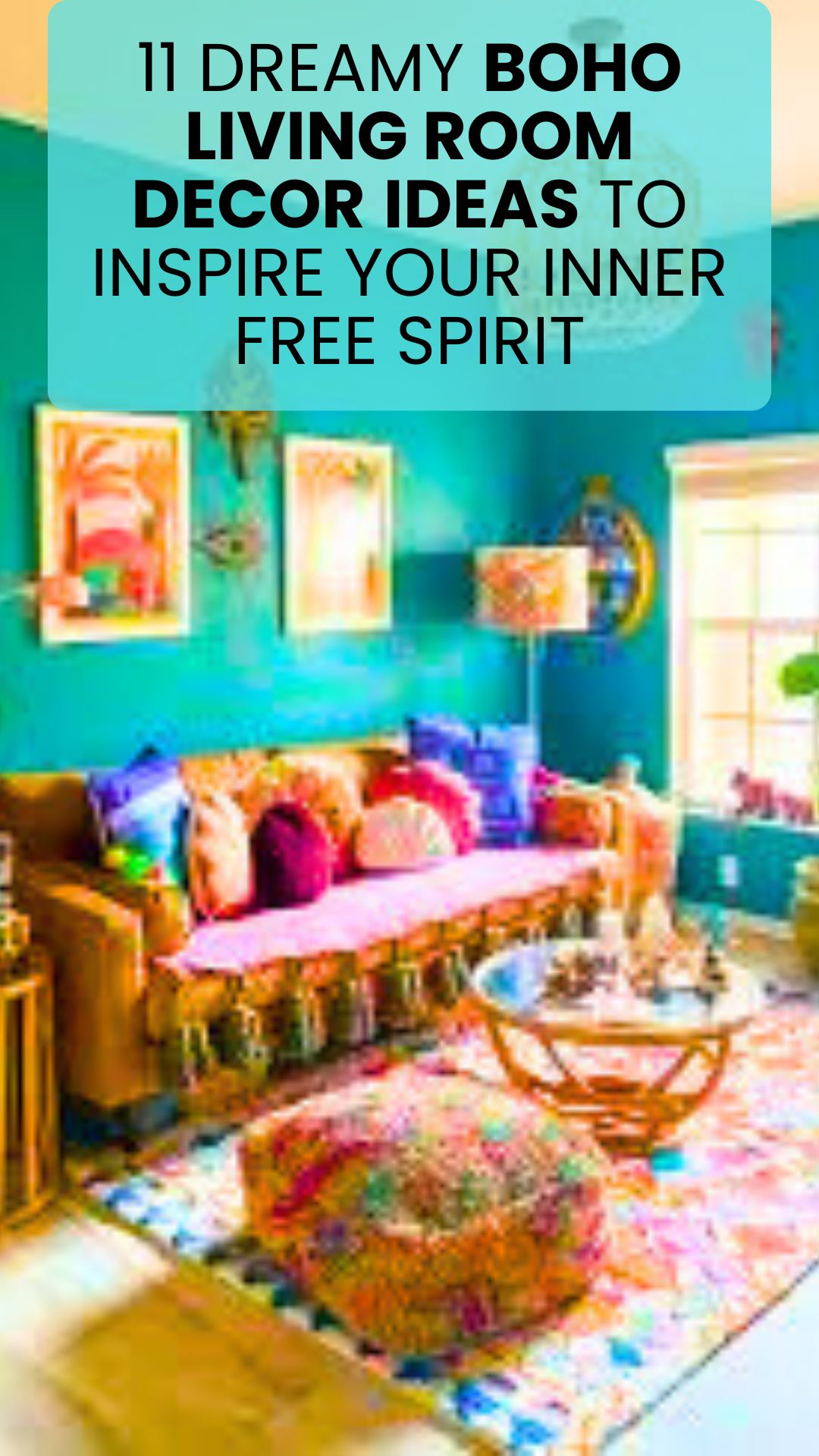
I’ll never forget walking into my friend’s boho-style apartment for the first time. The space felt like a warm hug – layered textures, plants everywhere, and colors that somehow all worked together. My own living room suddenly seemed stiff and boring in comparison. That day sparked my obsession with creating a boho space that felt personal rather than perfect.
What makes boho decor different from other styles? After transforming my own living room and helping friends with theirs, I’ve learned boho is all about mixing colors, patterns, and textures in ways that feel organic. The magic happens when you combine vintage finds with global influences and plenty of natural elements. Here’s how to create a boho living room that looks collected over time rather than decorated in a weekend.
Start With a Neutral Base
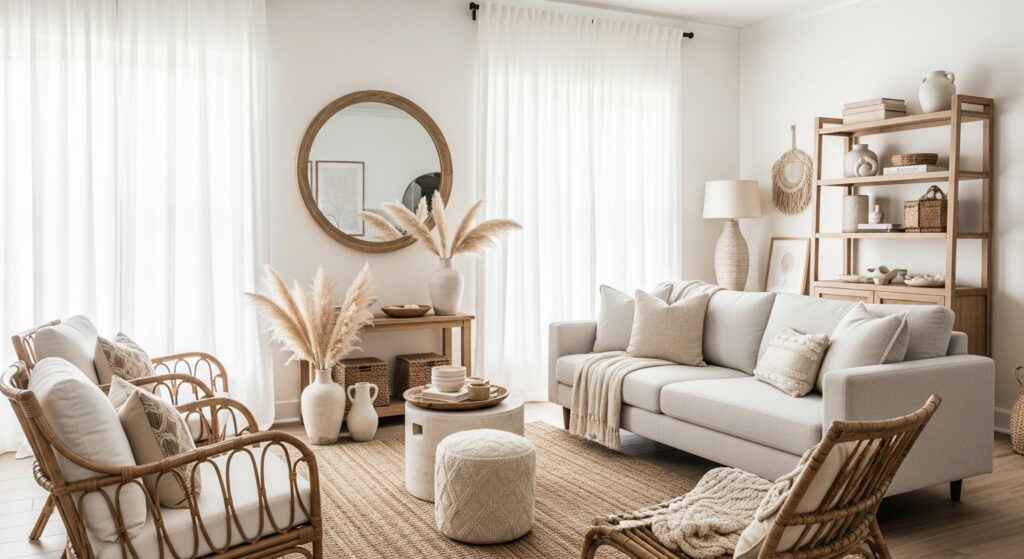
My first mistake was going overboard with color before establishing a foundation. Now I always begin with neutral walls and larger furniture pieces. A warm white or soft beige on the walls lets everything else shine without competing.
For furniture, natural wood tones work best as a starting point. My sofa is a simple linen slipcover in cream that I can dress up with colorful pillows. The coffee table is reclaimed wood with visible knots and imperfections. These neutral bases create calm amidst the boho chaos to come.
Rugs anchor the space while adding texture. I chose a jute rug first, then layered a vintage kilim on top for pattern. This combination grounds the room while keeping things light and airy.
Layer Textures Like a Pro
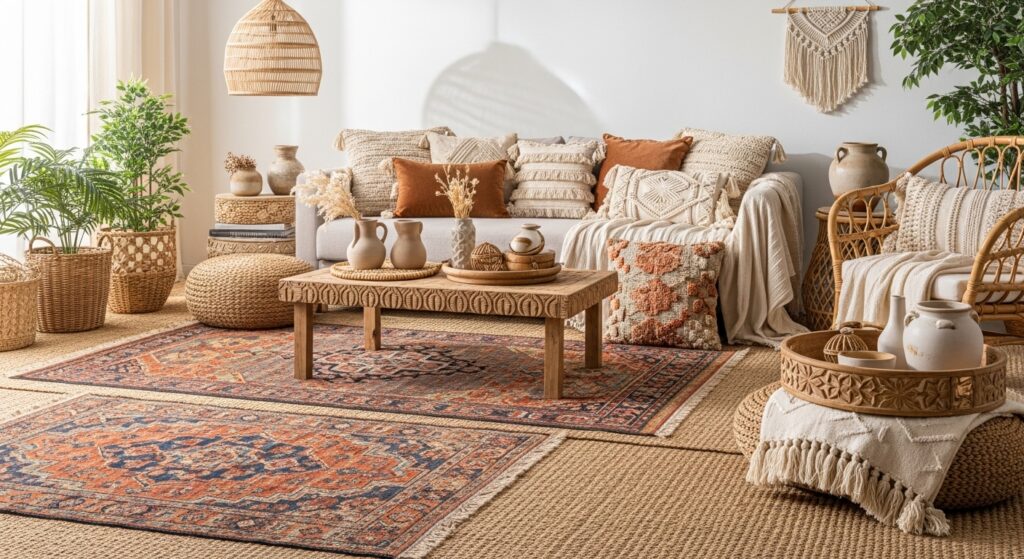
Texture is what makes boho spaces feel cozy rather than flat. I started by mixing at least three different textures in every corner of my living room. A chunky knit throw drapes over the sofa, while velvet pillows add softness nearby.
Window treatments add another layer. I used airy linen curtains that filter light beautifully, with bamboo blinds underneath for privacy. The combination creates depth while maintaining that casual boho vibe.
Don’t forget hard surfaces too. My side table has a hammered metal base that catches the light differently than the smooth wood top. These subtle contrasts keep the eye moving around the room.
Incorporate Global Finds
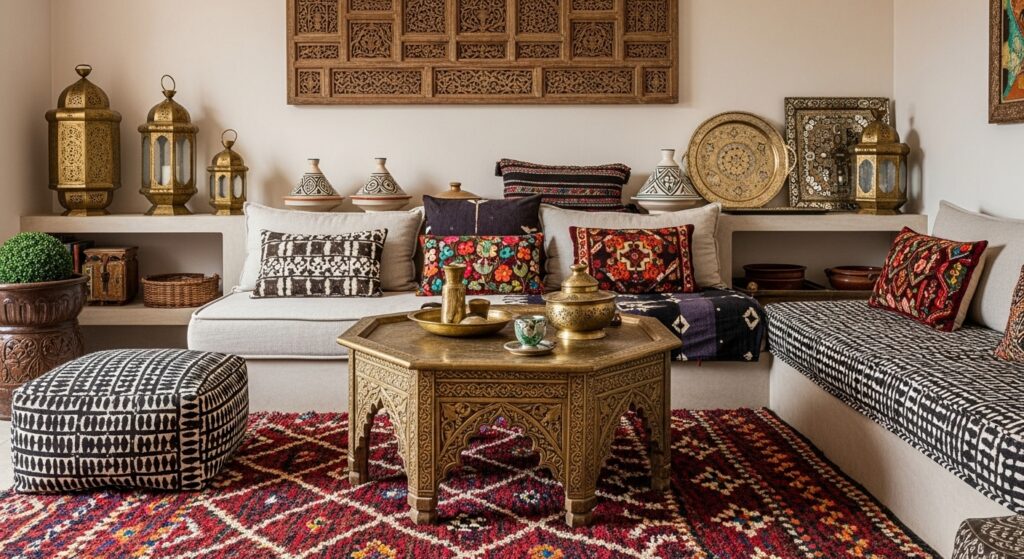
True boho style celebrates craftsmanship from around the world. I started small with a hand-carved wooden bowl from a local import shop. Now my shelves display pottery from Mexico, textiles from India, and baskets from Africa.
The key is choosing pieces you genuinely love rather than buying “ethnic decor” just for the look. My favorite find is a Berber pillow from Morocco that reminds me of a special trip. Each piece tells a story rather than just filling space.
Mix these special items with everyday objects to keep things feeling lived-in. That $5 thrift store vase looks intentional next to an artisan-made ceramic.
Bring the Outdoors In
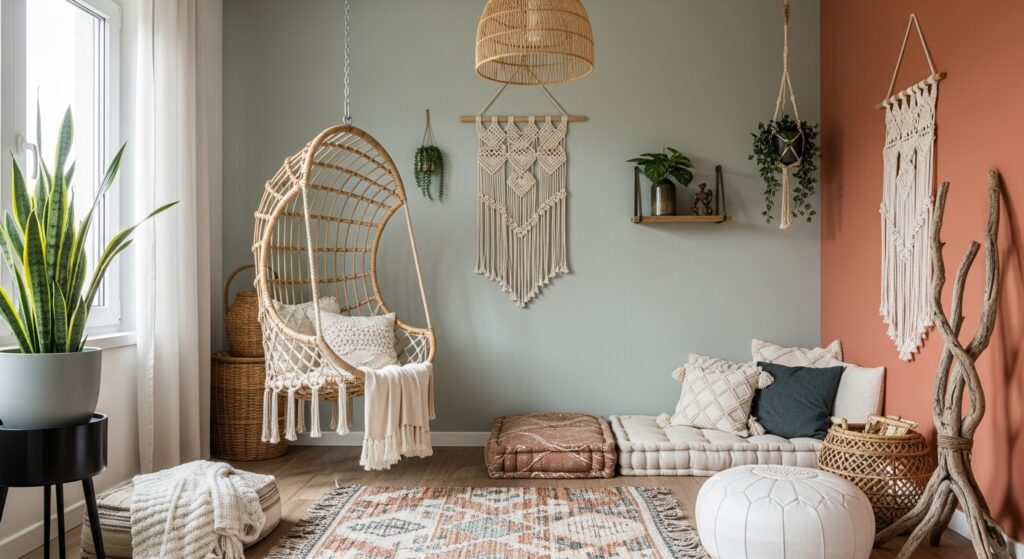
No boho space feels complete without plants. I started with easy-care snake plants and pothos before working up to fiddle leaf figs. The greenery softens all the textures and makes the room feel alive.
For non-gardeners, dried flowers and branches work beautifully too. A large dried palm leaf in a corner adds height and movement without any watering required.
Don’t forget natural materials in decor either. Rattan lamps, seagrass baskets, and wooden beads all reinforce that connection to nature that defines boho style.
Display Collections Creatively
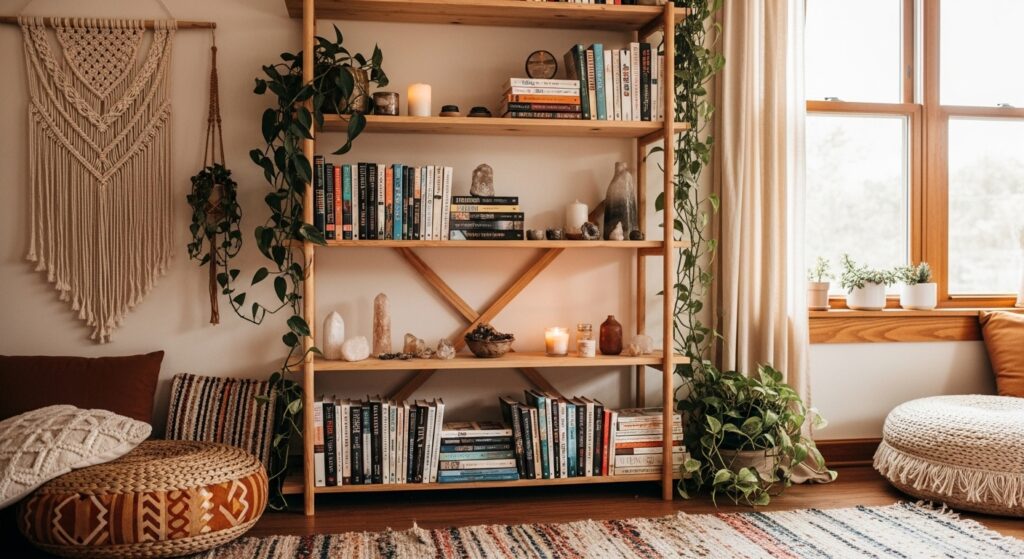
Boho style celebrates individuality, so show off what makes you unique. I turned my vintage book collection into decor by arranging them by color on open shelves. My record collection now doubles as wall art in vintage crates.
Gallery walls work perfectly for this too. Mine mixes family photos, concert posters, and thrift store paintings in mismatched frames. The organized chaos feels personal rather than designed.
Rotate items seasonally to keep things fresh. I store smaller collections in baskets and switch them out when I need a change.
Final Thoughts: Make It Yours
The best boho spaces develop gradually as you collect pieces with meaning. My living room took two years to feel “finished,” and I still tweak it constantly. Start with the basics, then add layers as you find special items.
Remember that boho is more a feeling than a set of rules. That weird lamp your aunt gave you? Use it. The rug that doesn’t “match” anything? It probably does in boho world. When I stopped overthinking and started choosing what made me happy, my space finally felt like home.
The easiest place to begin? Swap out a few throw pillows for something colorful and textured. Once you start, you’ll notice boho possibilities everywhere – from flea markets to your own storage closet. Just don’t blame me when you develop a macrame addiction.

